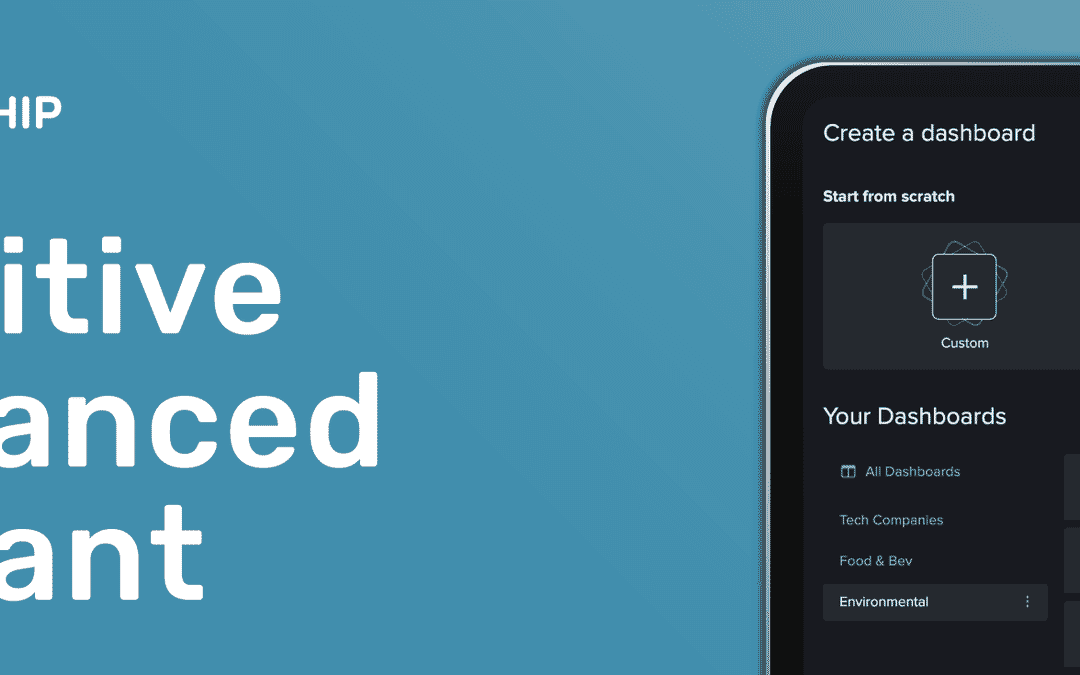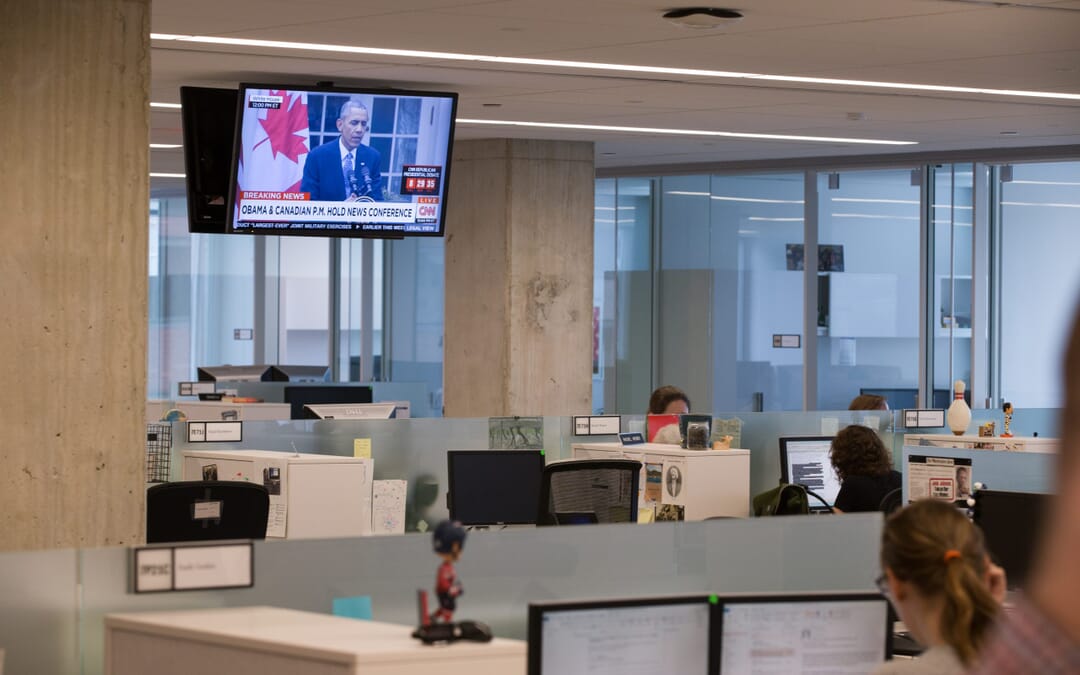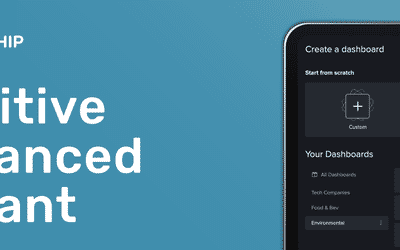In the current media environment, going viral is out, and generating loyalty with a distinct audience is in. We dove into the challenges and questions surrounding niche marketing, and learned about how content can define an audience, build consistent engagement, and drive monetization.
To discuss how to report to different audiences, we brought together some of the best and the brightest from across publishers and brands. Our moderator, Stephanie Clary, the director of social publishing at CNN, was joined by four industry experts:
– Polly Rodriguez, CEO and founder of Unbound
– Colin Jones, director of audience engagement at VICE News
– Andy Sullivan, VP of digital business development and growth at AlJazeera
– Maia McCann, Editor-in-Chief and VP of Content at RockYou, formerly Editor-in-Chief at LittleThings
Panel recap
Stephanie Clary: Today, we’re going to hear from these publishers and brands about how they create content to reach and engage with diverse audiences – How do you tell stories no one is sharing? How do you report on those left out of the media?
So first, I’d like to go down the panel so each of you can introduce yourself and explain your company’s mission. What sets you apart in how you reach your audience?
Colin Jones: Our mission is to be open and honest and tell stories that no one is really digging into in a full way. If something is trending in the news, we’re not going to automatically write it up. We’re going to see if we can take another angle.
Maia McCann: RockYou acquired LittleThings after it shut down, so LittleThings is one of the properties that I oversee now and we’re about to bring on a bunch of different brands. The mission statement at LittleThings was to post feel-good, inspiring content, and we did that primarily through Facebook. RockYou’s mission is to amplify the voice of multicultural millennials.
Polly Rodriguez: We are a sexual health and wellness company specifically focused on women and non-binary and femme-identifying individuals. Our mission is really to make sex both extraordinary and ordinary. We focus on how you make content that is both fact-driven and based in science but also engaging and entertaining and witty.
Andy Sullivan: Al Jazeera tries to give voice to the voiceless. We try to seek out the stories and people and areas that are being underserved by major news organizations. With the left and the right constantly debating each other, there’s a lot that gets left out. That’s where we live.
SC: How did you realize that there was an audience that wasn’t being reached?
MM: At LittleThings, we decided to differentiate ourselves by creating only feel-good, inspiring content geared towards women. From the top down, we saw that’s what women wanted to see. Then we expanded our definition at LittleThings to include meaningful content. We never really touched on politics – we would re-publish stories when we thought we could drive traffic from it, but we never aligned ourselves with a cause. What’s exciting for me at RockYou is I’m now empowered to do that, and to speak to our audience and the causes that they believe in.
PR: I realized that female sexuality wasn’t seen as something that was important to quality of life – it was seen as you’re either a mother, or you’re hypersexualized through pornography. I realized that by being vulnerable, I was then able to build brand credibility.
AS: We’re not going after clicks, we’re not looking to please Coke or Pepsi or whoever it may be. We’re really trying to tell a story in a way that is non-partisan an non-biased and with a global point of view.
CJ: We bring you to places where you normally wouldn’t go and the news wouldn’t normally find you there.
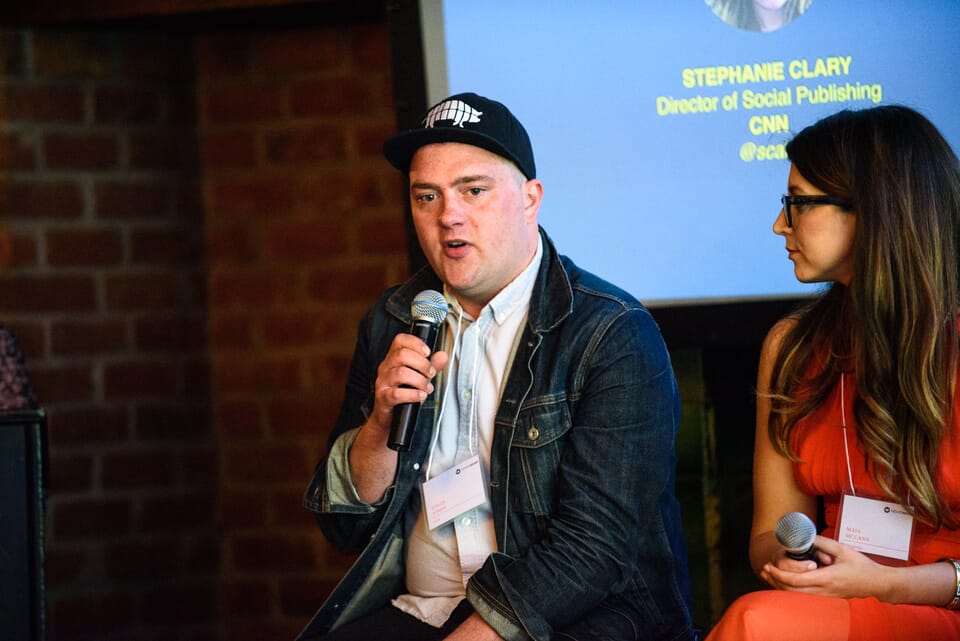
SC: How do you measure impact? How do you gage what success looks like, especially because you’re targeting specific audiences?
CJ: We define success by tracking if it makes an impact in the community itself. It’s a manual process – a lot of tracking based on whose sharing and one-to-one reach out within activist and interest communities. We then monitor and share the tracking, report, follow up, and build up relationships.
MM: We track who’s coming back and look at comments on how audience’s lives are changed.
PR: Ultimately, we look at revenue. Are we growing, are we resonating? We care very deeply about our customers. We’re all about being willing to go so much further than a customer would ever expect our brand to do.
How do we treat this community like it is a living breathing thing? In the sense that we would be nothing without them, so we should give them opportunities to feel like they really are a part of something, especially when it feels scary, because then I think you just earn that trust and credibility much more.
AS: Impact is vague, but it depends on the kind of content we have out there. There are the standard metrics: views, shares, reach. But with editorial pieces and opinion pieces, it’s more about the conversation that the content is creating, and it becomes a bit difficult to monitor that.
We try to be on every platform that we possibly can. Certain content and brands index better on Facebook than on Twitter. We really have to be very broad in the ways that we’re distributing content because we really want to make sure that we’re getting our content to the right user at the right place at the right time in the way that they want to view it, which means that we have to be everywhere.
PR: We almost exclusively focus on Instagram because we have a very specific type of low brow humour that caters to a female millennial consumer, coupled with email marketing and newsletters because the type of information we’re disseminating is very private in nature so, naturally, people don’t want to share it all over Facebook. We’ve found that distributing content through email does incredibly well and people really like digesting it through that format.
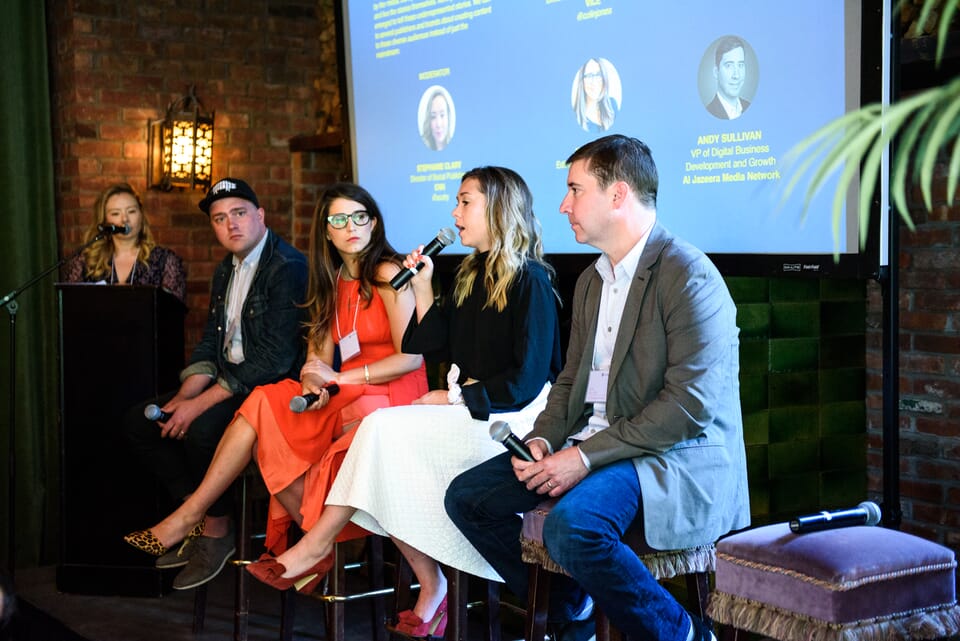
SC: Maia, you’ve seen many ups and downs with platforms. What role does social media play in your work? What have you learned?
MM: I think it’s very easy as a publisher to see where you’re making money right at the present moment and focus on that and divert all your resources to that. But I think the responsibility of someone in my role who is not really being creative on a day-to-day basis anymore is to force the conversation into what platforms should we be experimenting on next to distribute our content because this isn’t going to last forever.
There’s no platform that you can become completely dependent on, but it’s easier to say this on a stage than to actually do it. I think the most significant thing is to create unique content that people are going to come back for on any platform and look for. I think that still comes in the form of video, so I’m always thinking of how I can create video for as little money as possible and how can I drive personalities through the video that really speak to my audience and beliefs that they align with.
SC: And Colin, What about at VICE, for reporting news? What role does social media play?
CJ: Specifically, for news, social plays a huge part. We take an experimental kind of approach to it. We’re on almost every kind of platform, but we’re willing to shift and change depending on how our audience acts day to day. Social plays a massive, massive, massive part in our outreach.
SC: Your publications and your brands can deal with sometimes-taboo topics. Do you face challenges with that on social? Or does it make easier to target your audience?
CJ: Specifically in news, we don’t deal with what’s usually known as “taboo”. But you could say taboo would be war, in a way, because social platforms do not like showing the open and honest way that our reporters bring you to a battlefield, and how brutal it is, and how it’s impacting real people’s lives.
This comes around monetization as well. For a lot of companies, it’s hard to monetize around certain things. We’re thinking of that – yes – but we’re also thinking about if it’s going to be downplayed within the platforms. Is this actually going to reach people? Because sometimes people don’t want to share things of a graphic nature. But that does not mean we’re going to stop reporting on them.
SC: Does that change your coverage?
CJ: No. Because the thing is, it’s important to cover these things. This is the way our world works and you can’t ignore it. If you do ignore it, the problems are only going to get worse.
PR: I think we’ve done a really good job of identifying what our values are and then never wavering from them. It’s hard to pound on the table when you’re a brand because people don’t really care. But I think when you’re lifting up the voices of others to pound on the table for you it’s a very different situation.
When you’ve been very careful about defining your values, you’re going to attract those people who are going to do right by you. It’ll be interesting to see how that scales, because it’s much easier for us to today because we’re a much smaller community.
SC: Andy, because “growth” is in your title, I wanted to talk a bit about growth itself. For media, we usually say growth means scale. But with a pretty specifically-defined audience, do you ever find tension between loyalty and scale?
AS: We try to create content that would create more engagement around it, which I think is becoming the new metric in social. It’s not really about becoming viral and getting out to as many eyeballs as you possibly can – it’s about engaging people. Having them share it, having them comment on things, having them come back and view things multiple times.
SC: Is there something you’re really optimistic about as a way to really make your content break through?
CJ: I’m optimistic that news can work on social. It’s been kind of a tough year for a lot of news publishers, but just seeing how far our stories go and how far our impact is with our stories really makes me hopeful for the coming year.
MM: I’m very optimistic about creating content for these niche audiences. I think viral has gone out of vogue. People are really getting hip to brands and publishers that can speak to the exact audience that they want to speak to.
PR: I think it’s all about quality over quantity. I think that brands have this really awesome opportunity where they have a platform and they have a voice. If they use it in a way that really matters, they’re going to see customers and community members stick with them.
AS: To be kind of specific, we’re very optimistic about the audio space. We’re investing heavily into smart speakers and we’ve spun up a podcast studio. We find it’s a great medium right now for telling stories and engaging users and going deep with loyal users.
And that’s just a taste of some of the incredibly insightful panels we had at WhipSmart. We’re grateful to all of the panelists and guests who contributed to making the event a thorough success!
If you’d like to see how data can impact your business and content strategy, take a tour of NewsWhip Spike.






